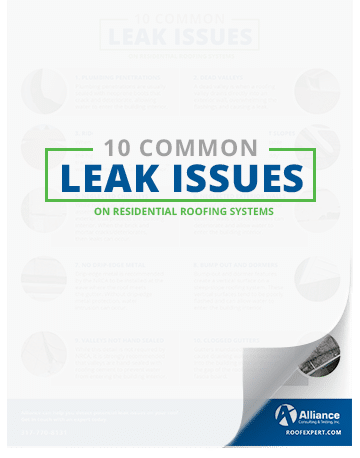Review The Monetary Ramifications And Advantages Of Solar Setup To Determine The Potential Financial Benefits For Those Interested In This Renewable Energy Endeavor
Review The Monetary Ramifications And Advantages Of Solar Setup To Determine The Potential Financial Benefits For Those Interested In This Renewable Energy Endeavor
Blog Article
Short Article Writer-Mathis Kane
When considering the costs of solar installation, you might wonder about the upfront investment needed and whether it straightens with the potential long-term benefits. Comprehending the complexities of these expenditures and the different variables influencing the total return can shed light on the value proposition of transitioning to solar power. By assessing both the preliminary setup costs and the forecasted financial savings in time, you can obtain insight into whether the financial investment in solar installation holds guarantee for your monetary future.
First Setup Expenditures
When thinking about the expenses of solar installation, the initial configuration expenses play an essential function in your decision-making process. These in advance prices include the price of photovoltaic panels, inverters, placing equipment, and installment labor.
The price of photovoltaic panels can differ relying on the brand name, efficiency, and size you pick. Inverters are important for transforming the sun's energy into usable power and be available in various kinds such as string inverters, microinverters, and power optimizers, each with its own cost implications.
Placing tools, such as racks and rails, is needed to securely mount photovoltaic panels on your roof covering or home.
The installment labor expense covers the professional setup of the solar system, making sure that everything is established correctly and successfully. Keep in mind that while these initial setup expenses may seem high, there are often rebates, tax rewards, and funding choices available to help offset the expenses and make solar installation extra budget-friendly over time.
Long-Term Cost Savings Evaluation
To recognize the economic benefits of solar installation over time, it's vital to carry out an extensive long-lasting financial savings analysis. While the first arrangement costs of photovoltaic panels may appear challenging, the long-term cost savings can exceed these costs significantly. By taking read on of the power of the sunlight to generate electricity for your home, you can potentially save thousands of dollars on your energy costs over the life expectancy of your planetary system.
One of the vital aspects to think about in a long-term financial savings analysis is the decrease in your electricity costs. With photovoltaic panels, you can produce your electrical power, decreasing and even eliminating your reliance on the grid. This can cause substantial savings, especially as utility prices continue to climb.
In addition, lots of governments provide rewards such as tax credit reports and discounts for mounting solar panels, further improving your lasting savings. By taking advantage of these incentives and maximizing your solar energy manufacturing, you can appreciate substantial financial benefits for several years to come.
Roi Estimation
Taking into consideration the financial advantages of solar installment, it's time to evaluate the Return on Investment (ROI) calculation. Figuring out the ROI includes comparing the complete prices of setting up a solar system with the financial advantages it produces over its lifespan.
To determine ROI, separate the net profit from the system by the overall financial investment expense and increase by 100 to obtain a percentage. The ROI formula is: (Web Profit/ Total Amount Investment Expense) x 100.
For instance, if the overall expense of installing a solar system is $20,000, and over its life expectancy, it produces savings and earnings amounting to $30,000, the internet profit would be $10,000. Dividing this by the total financial investment cost of $20,000 provides a ratio of 0.5. Multiplying this by 100 gives an ROI of 50%.
Generally, a higher ROI indicates an extra financially rewarding investment. Aspects like government motivations, upkeep costs, and energy price variations can influence the ROI of solar installations. Recognizing the ROI aids in examining whether investing in solar power deserves it over time.
Final thought
To conclude, comprehending the prices of solar installment is important for determining if it deserves the financial investment. By considering initial arrangement costs, conducting a lasting savings analysis, and determining the return on investment, you can make an informed decision concerning the monetary worth of solar energy. With https://hectorjouye.slypage.com/30764863/comprehending-photovoltaic-panel-innovation-and-exactly-how-it-functions-a-novice-s for minimized energy expenses and increased power self-reliance, buying solar setup can be a clever choice for both your purse and the atmosphere.
